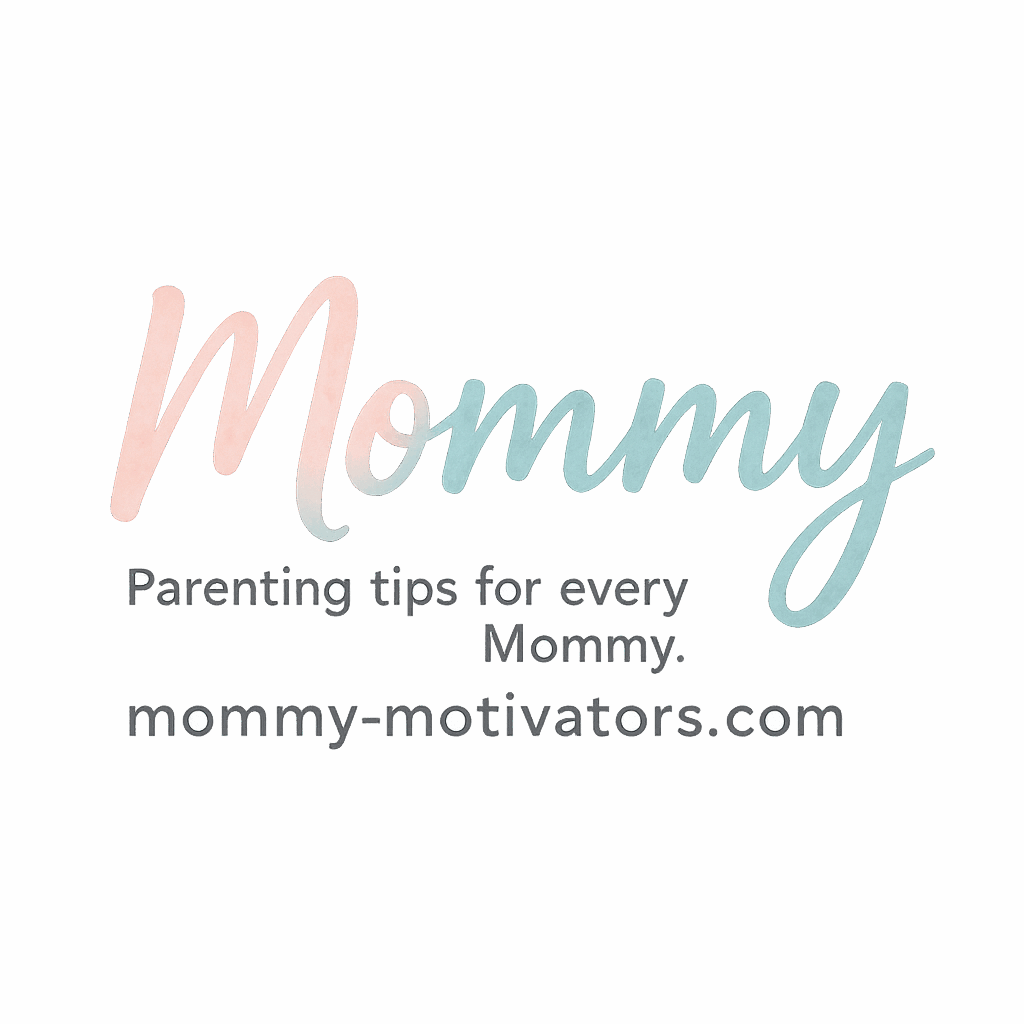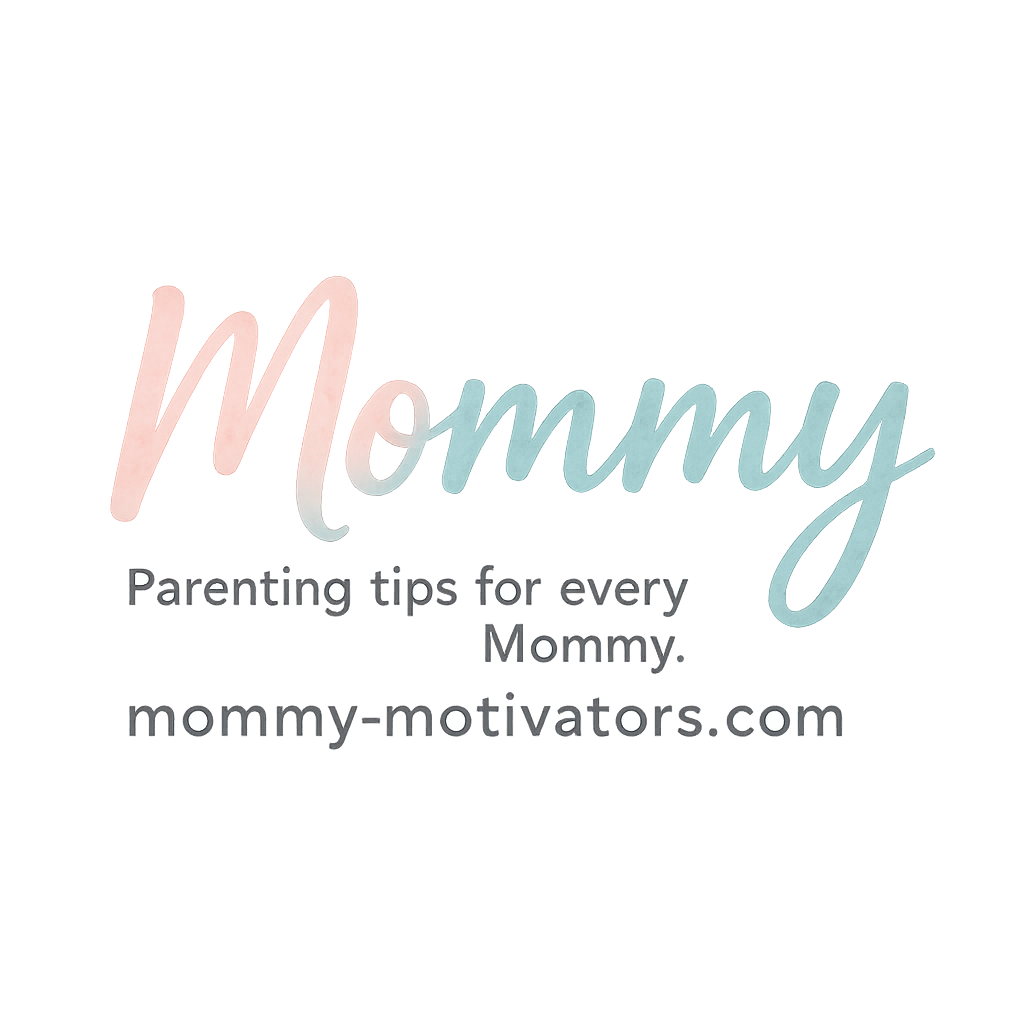When it comes to parenting, there’s a lot to look out for—milestones, tantrums, vocabulary spurts—but one area that often sneaks under the radar is your child’s emotional growth. Sure, we all love the first “I love you” or the comforting hug they give out of nowhere, but how can you really tell if your child is growing emotionally? Let’s dive into the key signs that show your little one is thriving emotionally and how you, dear mommy, can support that journey every single day.
Why Emotional Growth Matters in Children
As parents, we’re not just raising kids—we’re raising future adults. Emotional growth is the foundation of how children will manage relationships, conflict, failure, and success. A child who learns to express their feelings, understand others, and bounce back from setbacks is on the path to becoming a strong, empathetic, and balanced adult.
Understanding a Child’s Emotional Growth
What is Emotional Growth?
In simple terms, emotional growth is a child’s ability to identify, understand, express, and manage their emotions. It’s not just about stopping tantrums or saying “sorry.” It’s about building emotional intelligence—how your child connects with themselves and the world around them.
The Role of Parents in Emotional Development
Mommy, you’re not just a caretaker—you’re your child’s emotional coach. Whether it’s through hugs, routines, or bedtime chats, everything you do helps shape your child’s emotional foundation.
Check out Learning & Development Advice to dive deeper into this important parenting role.
Sign #1: Increased Empathy Toward Others
How Empathy Manifests in Children
Ever notice your little one trying to comfort a crying sibling or offer you a toy when you’re sad? That’s empathy—one of the biggest indicators of a child’s emotional growth. Empathy shows your child is beginning to understand that others have feelings, too.
Age-Appropriate Signs of Empathy
- Toddlers: Mimic emotions (e.g., crying when others cry)
- Preschoolers: Offer comfort or share toys
- Older children: Show concern, ask questions like “Are you okay?”
Supporting Empathy at Home
- Read emotion-rich books with them (see Reading Tips)
- Label emotions: “I see you’re feeling sad because…”
- Roleplay kindness with dolls, puppets, or pretend play
Want more? See our tag on Emotional Development.
Sign #2: Better Control Over Tantrums and Frustration
Recognizing Emotional Regulation Milestones
Remember the days of epic supermarket meltdowns? As children grow, so does their ability to manage their emotions. If your child can take a breath instead of throwing their cereal bowl, that’s growth!
From Meltdowns to Communication
- Toddlers: Screaming = frustration
- Preschoolers: Whining, some attempts at explaining
- School-age: “I’m mad because…” (bingo!)
Tips to Encourage Self-Regulation
- Practice breathing exercises
- Create a calming corner
- Praise calm behavior: “I love how you used your words instead of yelling!”
Also explore our Discipline & Behavior Tips section for strategies.

..
Sign #3: Willingness to Express Feelings with Words
How Verbal Expression Reflects Emotional Growth
A child who can say “I’m scared” or “I feel left out” is leaps ahead in emotional intelligence. When kids can label their feelings, they’re far less likely to act out physically.
Language Development and Emotional Vocabulary
Use books and daily chats to introduce words like:
- “Frustrated”
- “Nervous”
- “Excited”
- “Lonely”
Tag resources like Reluctant Readers and Books can help build this emotional vocabulary.
Encouraging Healthy Communication at Home
- Make emotion-check-ins a routine (like brushing teeth!)
- Use feeling charts and flashcards
- Share your own feelings as a model
Sign #4: Greater Responsibility for Actions
Understanding Accountability in Young Children
If your child can say “I hit my sister because I was angry” and not just “She started it,” that’s a major emotional leap. Taking responsibility means your child is connecting actions to consequences—a key skill in life.
Natural Consequences and Responsibility
- Forgot homework? Let them face the teacher.
- Made a mess? Let them clean it up.
It’s tempting to rescue, mama, but real growth happens through experience.
Browse our tag on Consequences for parenting tools that reinforce responsibility.
Building Emotional Responsibility Through Routine
Consistent routines, like chores or helping set the table, give kids ownership. Head to Daily Routines & Habits for helpful structure ideas.
Sign #5: Resilience in Challenging Situations
How Resilience Grows Over Time
Did your child fall off their bike and get right back on? That bounce-back attitude is resilience, and it’s gold when it comes to emotional growth.
Encouraging Bounce-Back Skills in Kids
- Praise effort, not results
- Normalize failure: “Mistakes help us learn”
- Share your own struggles and comebacks
Helping Your Child Embrace Failure
Create a safe space where failure isn’t shameful. Use stories and experiences to show that even superheroes mess up sometimes.
Want to learn more about stress coping strategies? Visit Mommy Self-Care & Mental Health to explore how your self-care sets the tone for your child’s emotional well-being.
How to Foster Emotional Growth Daily
Using Routines to Support Development
Children thrive on structure. Use consistent wake-up times, mealtimes, and bedtime chats to nurture emotional check-ins.
Explore more about how to craft routines that encourage responsibility and emotional well-being.
The Power of Reading and Stories
Stories teach empathy, conflict resolution, and emotional vocabulary in a fun, safe way.
Check our Books Tag for some great child-friendly emotional development titles.
Self-Care for Moms Boosts Everyone’s Emotional Health
Yes, mama—your emotional well-being matters too. When you model self-regulation, patience, and self-kindness, your child learns by example.
Get the tools you need at Mommy Self-Care & Mental Health.
Conclusion
Emotional growth doesn’t come with flashy milestones like walking or talking, but it’s just as—if not more—important. By watching for these five signs—empathy, emotional regulation, verbal expression, accountability, and resilience—you can confidently say your child is growing beautifully inside and out. As you nurture them with daily routines, open conversations, and a whole lot of love, remember: you’re doing an incredible job, mama. Keep going, one feeling at a time.
FAQs
1. What age should emotional growth be noticeable in children?
Emotional growth begins in infancy but becomes more noticeable between ages 2–6 when children start expressing feelings and showing empathy.
2. How can I help my child grow emotionally every day?
Simple routines, open conversations, and emotional labeling can go a long way. Use tools from Daily Routines & Habits to stay consistent.
3. My child doesn’t show empathy. Should I worry?
Not necessarily. Children develop at different rates. Focus on modeling empathy, reading books together, and creating emotional awareness.
4. What role does mommy’s mental health play in a child’s emotional growth?
A huge one! Your emotional well-being directly impacts your child’s. Visit Mommy Self-Care & Mental Health for support.
5. Are tantrums normal for older kids?
Occasional tantrums can still happen, but emotional growth means they become less frequent and more verbal over time.
6. How do I talk to my child about tough feelings like anger or sadness?
Use simple words, keep your tone calm, and validate their emotions. Say things like, “It’s okay to feel angry. Let’s talk about it.”
7. Where can I find more resources on emotional development?
Explore Mommy Motivators for articles, guides, and real-mom advice on nurturing emotional intelligence.


